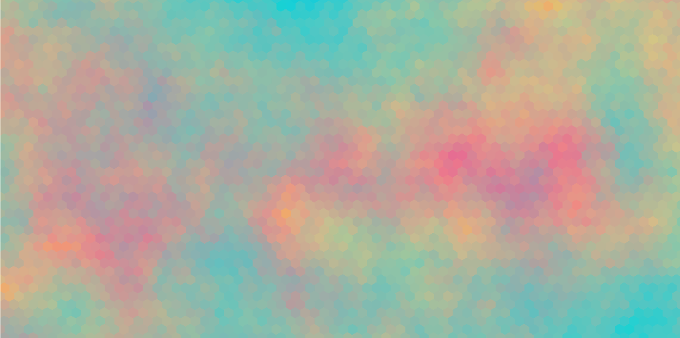In the mainstream market there has been a lot of focus on moral dilemmas recently. Bioshock asked its players if they would rather save deformed little girls than bump them off for the ability to set their hands on fire. Fallout 3 wanted to know if greed is enough motivation […]
Monthly Archives: April 2009
The way I see it, modern indie development is imbalanced. Not in the way that a foul-tempered DotA player would scream “IMBA!” after getting killed for the fifth time in succession – no, I’m talking more about exposure, attention and who is playing what out there. I’m talking about everyone’s tendency […]
Fighting the Narrow Game Focus
To many developers, the fine art of game creation lies strictly within the domain of the first world. Europe, America and Japan have all been sitting pretty with a very well-developed industry for a while. Other territories have recently hopped onto the bandwagon, of course: we have high-profile offerings such […]
Game Dev from the Dark Continent
After reading up on the latest XNA Creators Club Communiqué (because everything is better with fancy accented letters), it seems that gaming Website IGN is throwing in some weight to help profile and promote some of the better community games out there. The Xbox Live Community Games initiative has received […]
IGN promotes Xbox Community Games
So, we’ve been keeping a close watch on the recent TIGSource Cockpit Competition (the theme of which was, funnily enough, cockpits) and now the results have been somewhat unofficially released. Emerging as the winner is Enviro-Bear 2000. This is possibly one of the most stupid games in existence. And we […]
Cockpit Competition Closes
We’d admittedly never heard of Glum Buster until a few days ago when it was posted on the IndieGames blog as a freeware game pick. Even then, we didn’t pay overly much attention to it until it was reviewed on TIGSource as well, at which point we decided to get […]
Glum Buster
This article originally appeared in Dev.Mag Issue 27, released in November 2008. SpaceHack is one of two Game.Dev DreamBuildPlay 2008 entries. It eventually placed among the top 20finalists in the competition. The following is a discourse by one of the game’s two creators about the creation process and the story […]
Spacehack
The tone of the Sagrario’s Room Escape is cleverly set upon finding a plain manila folder containing nothing more than a simple page on which is printed – in friendly letters and with an accompanying smiley face – the words ‘good luck’. This cheeky challenge warns you that the game […]
Sagrario’s Room Escape
The recent economic recession, having mostly had little effect on the well-being of the video game industry, appears to be taking its toll. According to this developmag.com article, the past few months have been turbulent waters for smaller companies that rely on private funding to survive. Private investors appear to […]
Funding for start-ups evaporating
If there’s one thing that I take pride in when I offer humble slices of gaming pie to oh-so-hungry colleagues, it’s my ability to carefully consider the difficulty level. Whether I’m making a run-and-jump platformer or a purely cerebral puzzle game, I always live by the same basic mantra: give […]
The difficulty of difficulty
Game.Dev Competition 21, one of the regular community competitions that have, on numerous occasions, led to the conception of far larger projects, finally has its outcome. Amidst the veritable oceans of second-rate and cookie-cutter games, this competition challenged community developers to “fix mobile gaming” by creating something truly tailored to […]
Mobile gaming “fixed”!
This article originally appeared in Dev.Mag Issue 27, released in November 2008. Ultimate Quest is one of two Game.Dev DreamBuildPlay 2008 entries. It is an expansion of a ASCII-styled text adventure that was originally entered into a Game.Dev competition, polished and completed for Microsoft’s annual competition. The following is a […]
Ultimate Quest
 86
86 (Originally appeared in Dev.Mag Issue 20, released in February 2008.) Perlin noise is the foundation of many procedural texture and modelling algorithms. It can be used to create marble, wood, clouds, fire, and height maps for terrain. It is also very useful for tiling grids to simulate organic regions, and […]